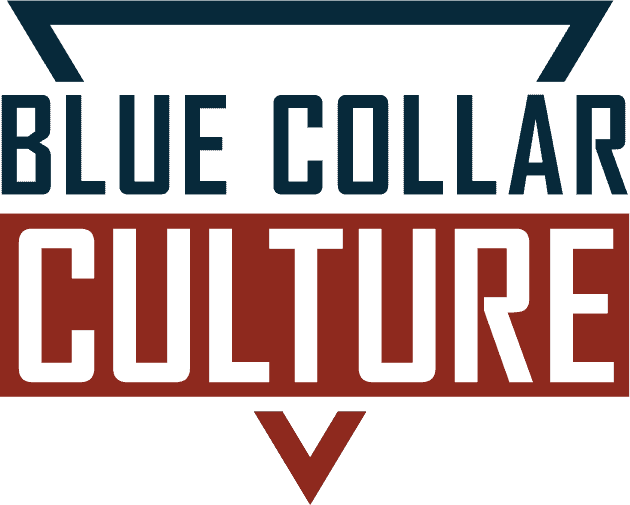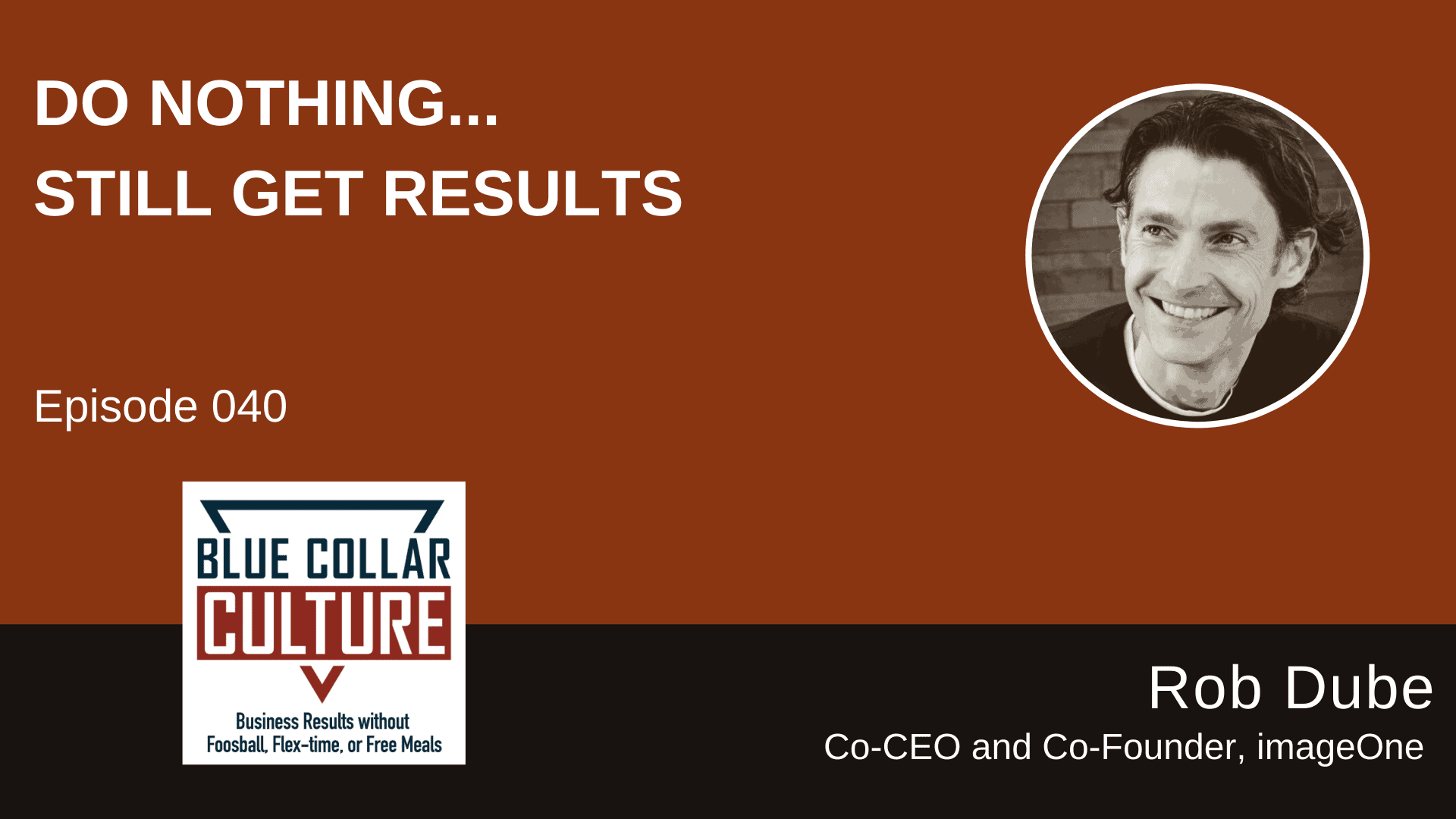As an entrepreneur or business leader, you don’t have to go it alone, says Rob Dube, owner and co-CEO of imageOne, a document services and printing company.
Let your team have your back and help you come up with solutions, figure out company goals, how to hit them, and more.
The strongest leaders don’t solve all the problems or make all the decisions. By empowering your team, says Rob, you’ll have more effective and engaged employees – who can help you take the company to the next level.
We also discuss unexpected ways your physical health and anxiety can impact your work – and what you can do about it, as well as…
- How to use the Simple Six method for personal and professional improvement
- Avoiding the danger of business FOMO
- The “operating system” that transformed their business
- A little ritual for more productive meetings
- And more
Listen now…
Mentioned in this episode:

